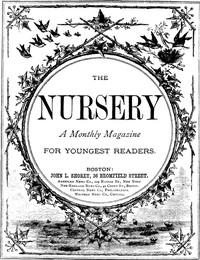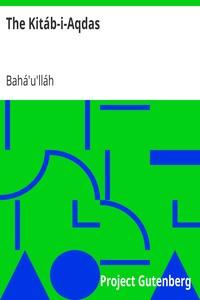|
|
Read this ebook for free! No credit card needed, absolutely nothing to pay.Words: 78331 in 21 pages
This is an ebook sharing website. You can read the uploaded ebooks for free here. No credit cards needed, nothing to pay. If you want to own a digital copy of the ebook, or want to read offline with your favorite ebook-reader, then you can choose to buy and download the ebook.

: Fanny Goes to War by Washington Pat Beauchamp - World War 1914-1918 Personal narratives; First Aid Nursing Yeomanry World War I@FreeBooksTue 06 Jun, 2023 INDEX 65 ILLUSTRATION PLAN OF BODLEIAN READING ROOMS AND PICTURE GALLERY BODLEIAN LIBRARY NOTICE TO READERS The Old Reading Boom and Upper Reading Room are open from 9 a.m. to 3 p.m. in Jan. Nov. Dec.; to 4 p.m. in Feb. Mar. Aug. Sept. Oct.; to 5 p.m. in Apr. May, June, July. The Camera Reading Room is open from 10 a.m. to 10 p.m. The Camera contains most books printed since 1883, except Bibliography, Law, Music, English Drama, British Topography and Antiquities, with a few other sections. At Bodley there is a Reference library , and at the Camera a large Select and Reference library . THE BODLEIAN LIBRARY AT OXFORD LIBRARIES AND THEIR KINDS The two most important human inventions are perhaps Speech and Writing. In no adequate way could man fully express his mental activities except by speech: nor could he adequately record them except by writing. And to some extent the development of the two ran a parallel course, for just as early Speech is largely an imitation of natural sounds , so early Writing is probably, in the first instance, entirely from pictures , which from the need of acceleration became worn down to simpler forms, and finally to letters; the sense similarly declining from the plain or derivative ideas arising from pictures, to mere syllables with no intrinsic meaning, and finally to simple sounds corresponding to letters. But even this latest stage was reached in the Valley of the Nile by, or not long after, 3000 B.C., as is testified by a stel? representing the cult of Send, a king of the second Egyptian Dynasty , in which the letters S, N, D occur in a cartouche; while in 1750 the North American Indians used pictograms, and the practice is not yet extinct, for we use the symbol ? The classical tradition concerning the care of books was apparently carried on with little change during the first five centuries of the Christian era. Ecclesiastical libraries were kept in churches, as classical libraries were usually connected with temples. It is usual to date the organization of mediaeval collections from the Rule of St. Benedict in the sixth century; and the Order which he founded, with its direct offshoots, the Cluniacs, Carthusians and Cistercians, were foremost in assigning a place to literature in the daily duties of the monk. The gradual evolution of the library can be traced from the time when a few volumes could be accommodated in a press or presses in a recess or small room, usually at the north-east corner of the cloister near the chapter-house, to the fully developed collections of the fifteenth century, housed in a large separate room, which was almost always on the first floor, perhaps to avoid damp and to secure a good light. The following figures will illustrate the size of some considerable mediaeval libraries in various places and times. The earliest fittings for the convenience of readers which still exist suggest that at any rate in collegiate institutions the first kind of desk was on what Mr. J. Willis Clark termed the Lectern system. One has to imagine a double lectern so prolonged as to hold say five to fifteen volumes on each side, every volume lying on its side and being chained to the desk. The reader stood or sat, and the open book lay before him at a convenient angle, as in church lecterns. The system was obviously very wasteful of space, and was evolved from the time when one or two books only were brought out of the cupboard for a reader's use on a desk resembling a lectern, near a window. In the fifteenth century the normal type of library was a narrow room of considerable length, lighted by narrow windows at short intervals. From the wall-spaces between the windows there projected into the room at right angles to the wall the lectern desks described above, the desks by this time being probably fitted beneath with shelves on which the books could stand upright, and be pulled out on to the lectern for purposes of reading. Free books android app tbrJar TBR JAR Read Free books online gutenberg More posts by @FreeBooks
: A little cook book for a little girl by Benton Caroline French - Cooking Juvenile literature@FreeBooksTue 06 Jun, 2023

: World's War Events $v Volume 3 Beginning with the departure of the first American destroyers for service abroad in April 1917 and closing with the treaties of peace in 1919. by Churchill Allen L Allen Leon Editor Reynolds Francis J Francis Joseph Editor -@FreeBooksTue 06 Jun, 2023
|
Terms of Use Stock Market News! © gutenberg.org.in2025 All Rights reserved.






